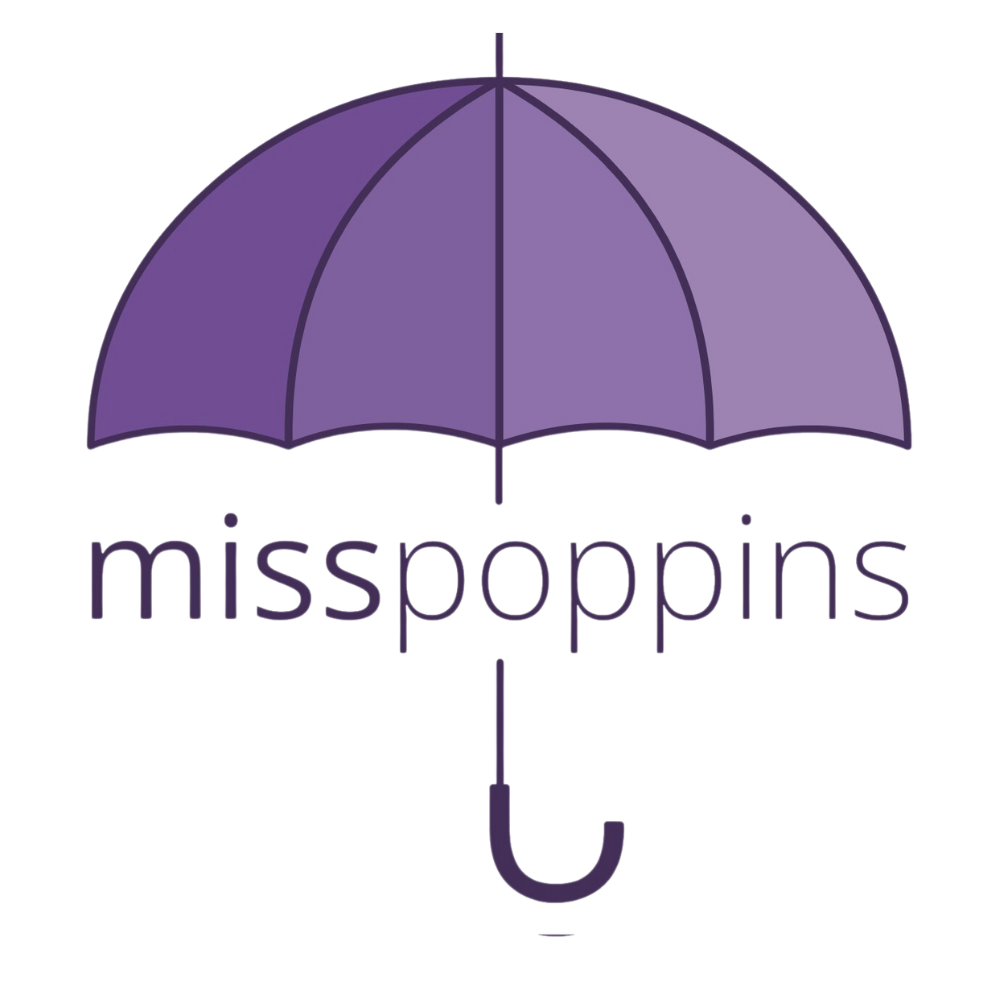Managing Challenging Behavior - Natural and Logical Consequences
Natural consequences.
The nice thing about using natural consequences is that it does not require adult intervention and it's a consequence that is caused by the child’s own actions (which means the child is fully responsible for the action and consequence). This will most likely prove to be a good technique for years to come. However, to be useful your child must be able to comprehend the cause and effect. For example, I got cold because I did not wear a jacket. Also natural consequences cannot be used in any scenario where the child may be in any kind of danger or interfere with anyone else’s safety.
So you cannot use it for a child playing in the street or for a child throwing a hard object at someone. Additionally, it cannot be used if the child does not care about the natural consequence, for example, if your child does not care about keeping clean (bathtime) or keeping their teeth clean (brushing their teeth).
Examples:
Going out in the rain without boots or a raincoat, you will get wet.
When it’s cold and you don’t wear a jacket, you get cold.
When you use natural consequences:
Avoid lectures or saying I told you so.
Show empathy: ie. “You're cold, that must be uncomfortable.”
Be comforting without recusing:
You might suggest when your child becomes cold, that changing into a warmer outfit might help.
Validate feelings that you see, if they get sad about being cold, you can say, “I see you’re sad about feeling cold, that must be hard. I hope your body warms up soon.”
Logical Consequences.
This involves parental intervention and is directly or logically related to the behavior and must be applied immediately and each time you see the particular undesirable behavior.
For example: The parent is tired of cleaning up the blocks on the floor. The parent has taught the toddler to clean up their blocks, and the toddler has done this task alone on several occasions. The toddler is done playing with their blocks today but has not put their blocks away. So the parent says to their toddler, “Please pick up the blocks, or I will pick them up and give them a ‘break.’”
If the toddler fails to put their blocks away after one warning, the parent puts them away for them and says, “I see you have decided to give your blocks a break.”
A break would be a period of time (probably a day or two) on a high self, out of sight.
This is an example of a related logical consequence, if the toddler does not pick up their blocks, they will be taken away. A few times of using this type of intervention might be enough to teach the toddler to do this chore, however if not you can try some positive reinforcement strategies everytime the toddler does the chore.

